Rolling with it
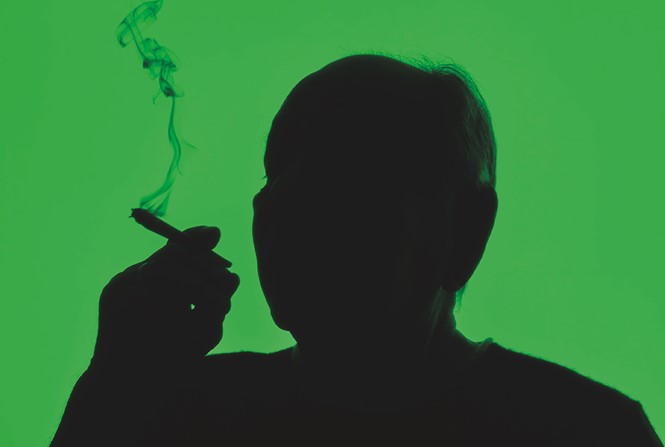
Image credit: Terrane Group
Brands in the high-growth US cannabis industry stay on their toes with an eye on the future amid ever-changing cultural perceptions and regulations. Lisa Battles explores some of the latest ways they’re resonating with audiences.
For an up-to-the-minute snapshot of the many forces at play in America’s dynamic cannabis industry, take a look at New York’s first-of-its-kind destination The House of Cannabis, AKA THC NYC.
The new, multi-level space opened in April 2023 in the city’s trendy SoHo neighbourhood. While in 2021 New York legalised recreational cannabis for adults, THC NYC does not currently offer cannabis for purchase. Designed as an “immersive experience,” it offers a sensory journey through the “many dimensions of cannabis.” It features 10 exhibits that interpret cannabis’ 6,000-year history, influence on pop culture, cultivation methods and social issues and reform. One floor houses a posh lounge open for private events only, at least for now.
To establish and develop the THC NYC brand, founders Robert and Marcelle Frey turned to Base Design, an international network of creative studios. The Freys’ vision included lifting cannabis (and the culture around it) out of a cloud of stigma and injustice, which accumulated over the decades when the substance was illegal, according to Base partner and executive creative director Min Lew. To achieve that goal, the Base team aimed to balance “the technicolour vibe of the 1960s, when cannabis culture first took off, and a sophisticated street look, which typifies the culture today,” she says.
“Cannabis is an animating ingredient to an emerging culture. In this way, it has something in common with, say, hip-hop culture or drag culture. You don’t have to be an active participant to be caught up in the magic,” Lew says. “We knew that, in order to engage non-cannabis users, we needed to use language, deploy visuals and deliver experiences that were cannabis-adjacent, and not cannabis-dependent.”
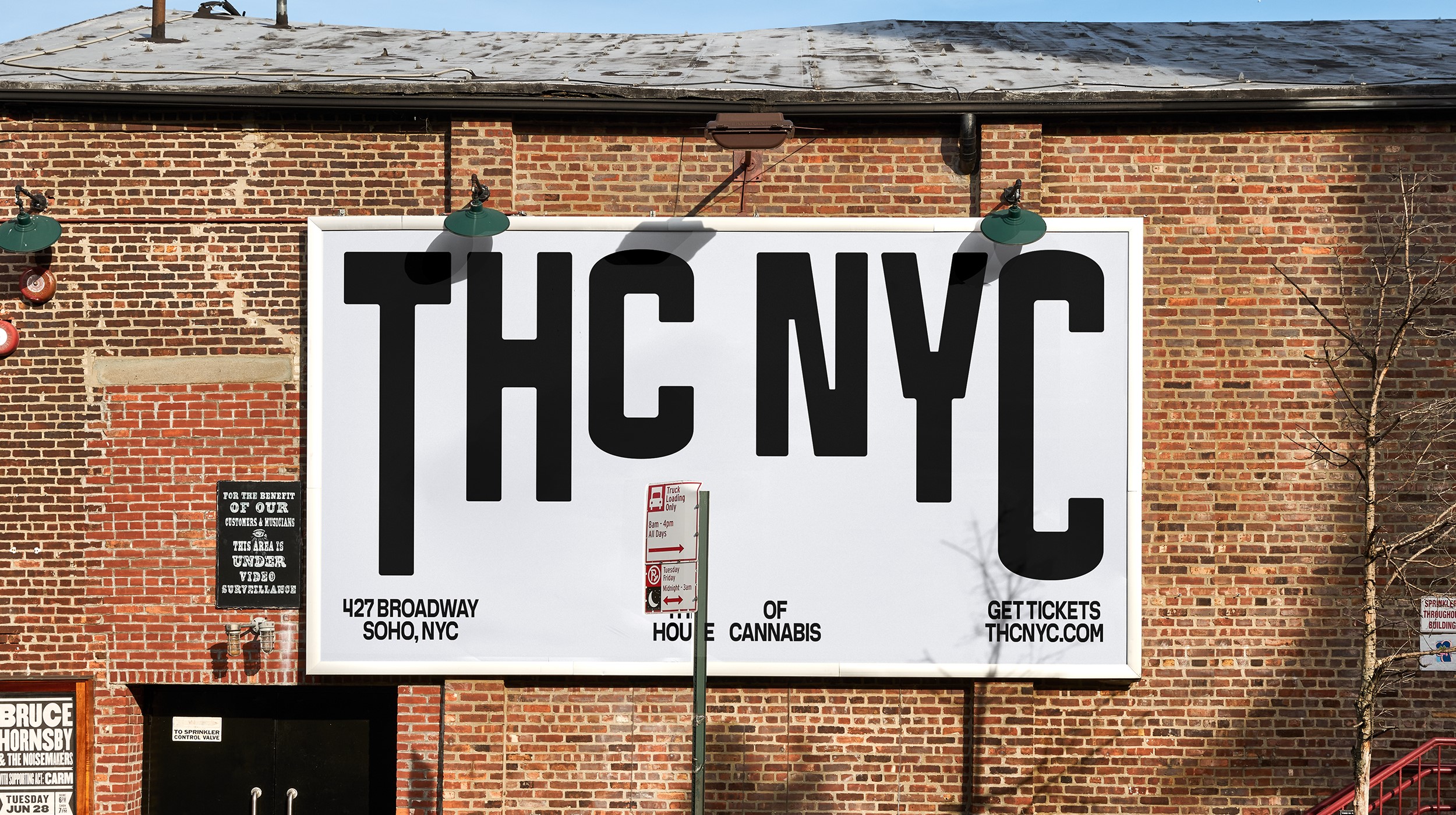
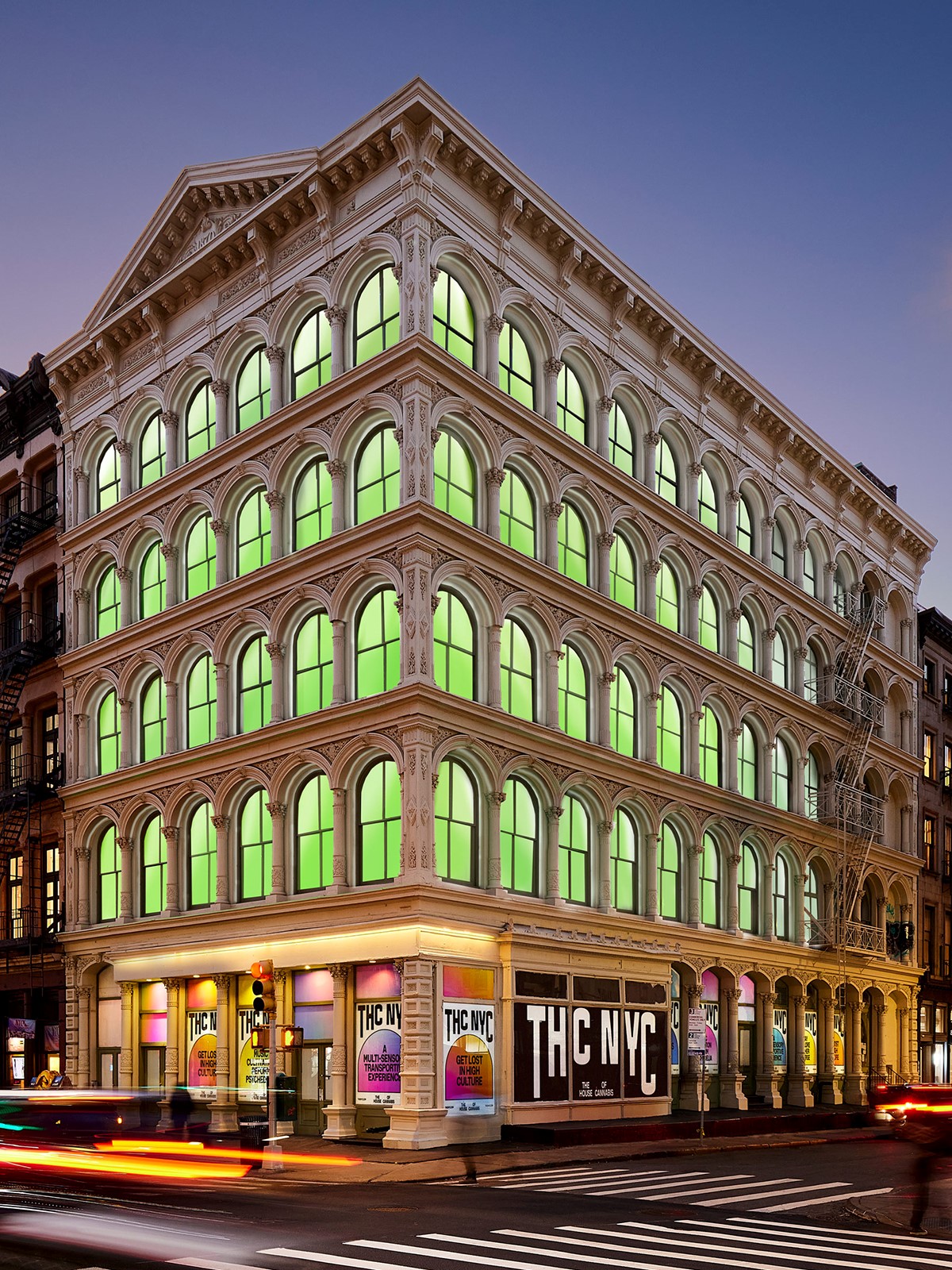
Their approach to reaching a more mainstream audience hits the target audience of cannabis enthusiasts, too. That’s because it already is considered “mainstream” to the largest group of cannabis users, Lew says.
“Sixty-five percent of cannabis is used by people younger than 41. Together, millennials and gen Z comprise 42% of the US population and 40% of the workforce,” Lew says. “More than any other age segment, they’re driving trends in our society. For them, it’s a mainstream activity. It’s a common presence but doesn’t define their lives. That’s why we zoomed out to get a bigger picture of their needs and desires as people, and focus as much on the spirit that surrounds cannabis as the qualities of the substance itself.”
Base carried these insights throughout the brand strategy, naming, visual identity, website, merchandise and out-of-home launch campaign. An arch motif repeats throughout the visuals, drawing directly from the iconic windows that line the historic building’s top four floors, which are lit at night to illuminate its brilliant green hallways. A custom font with a streetwear feel plays especially well with the clever name, which itself was created with the easy opportunity to expand into other places, Lew says. Think THC LA, THC CHI or THC ATL.
While the concept is positioned to accommodate more facets should the market favour and laws allow, it keeps most of its focus on immediate goals. That’s a common mindset in the increasingly saturated cannabis industry – always working to stand out now and with smart positioning for what’s next.
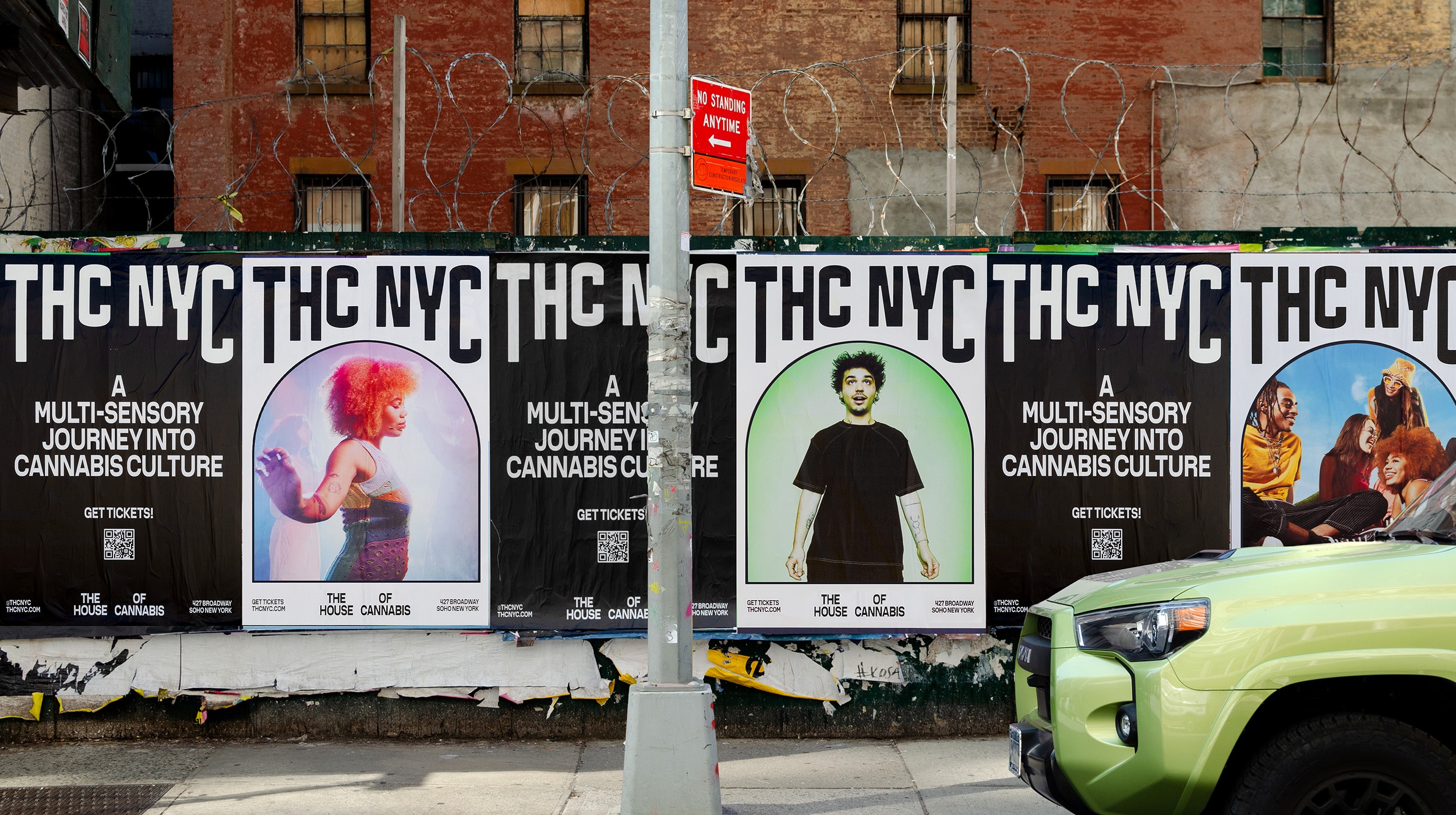
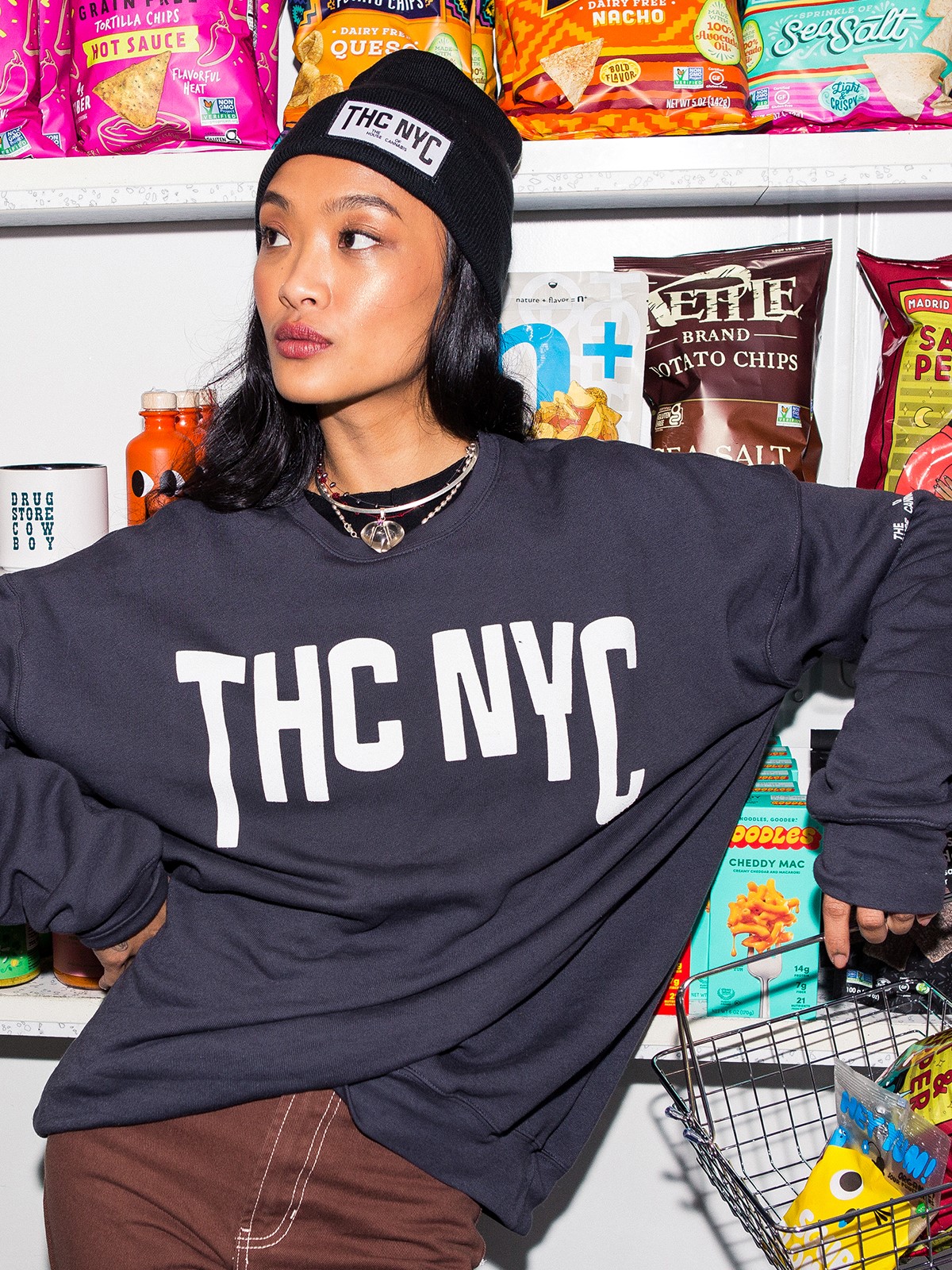
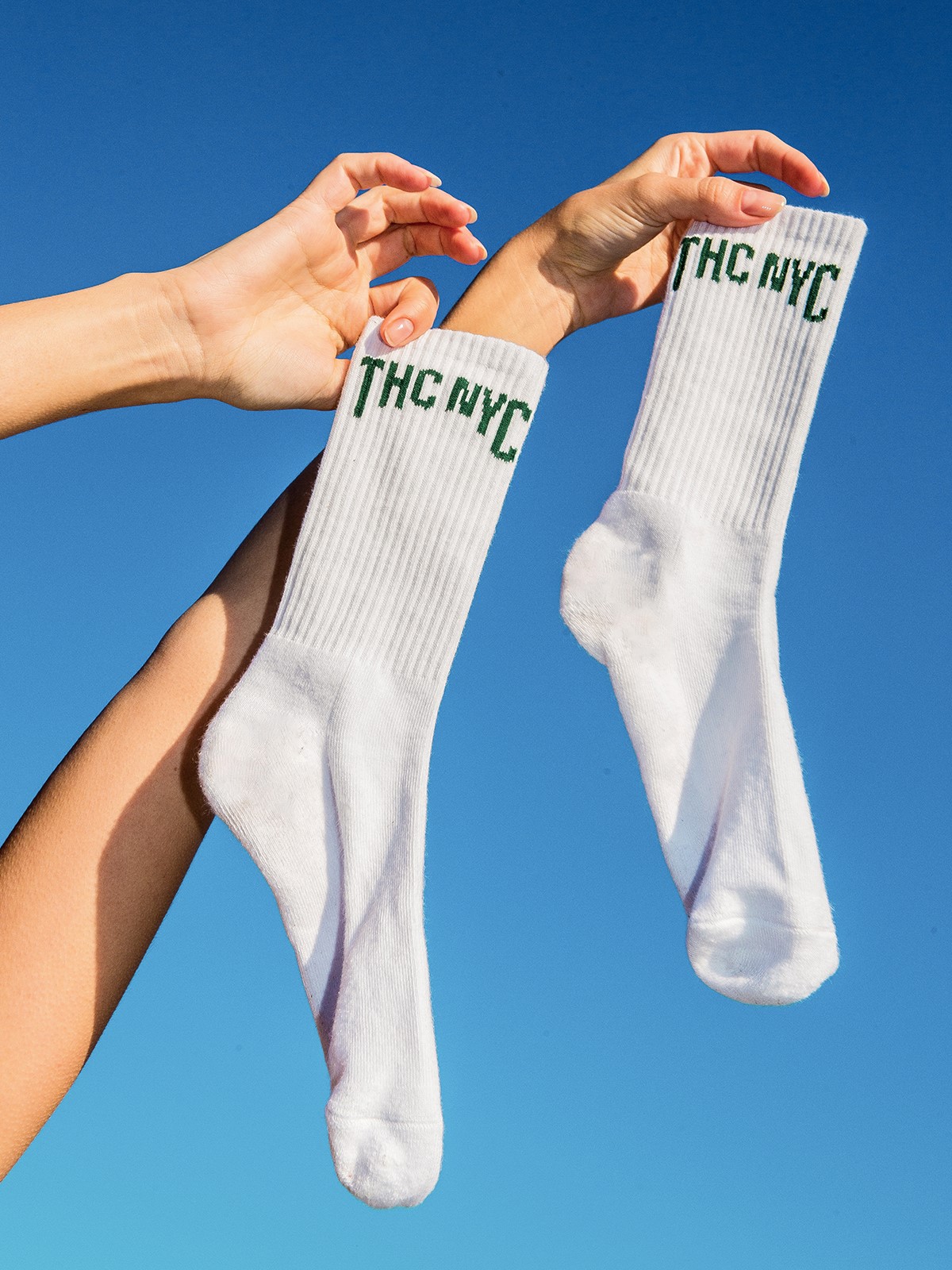
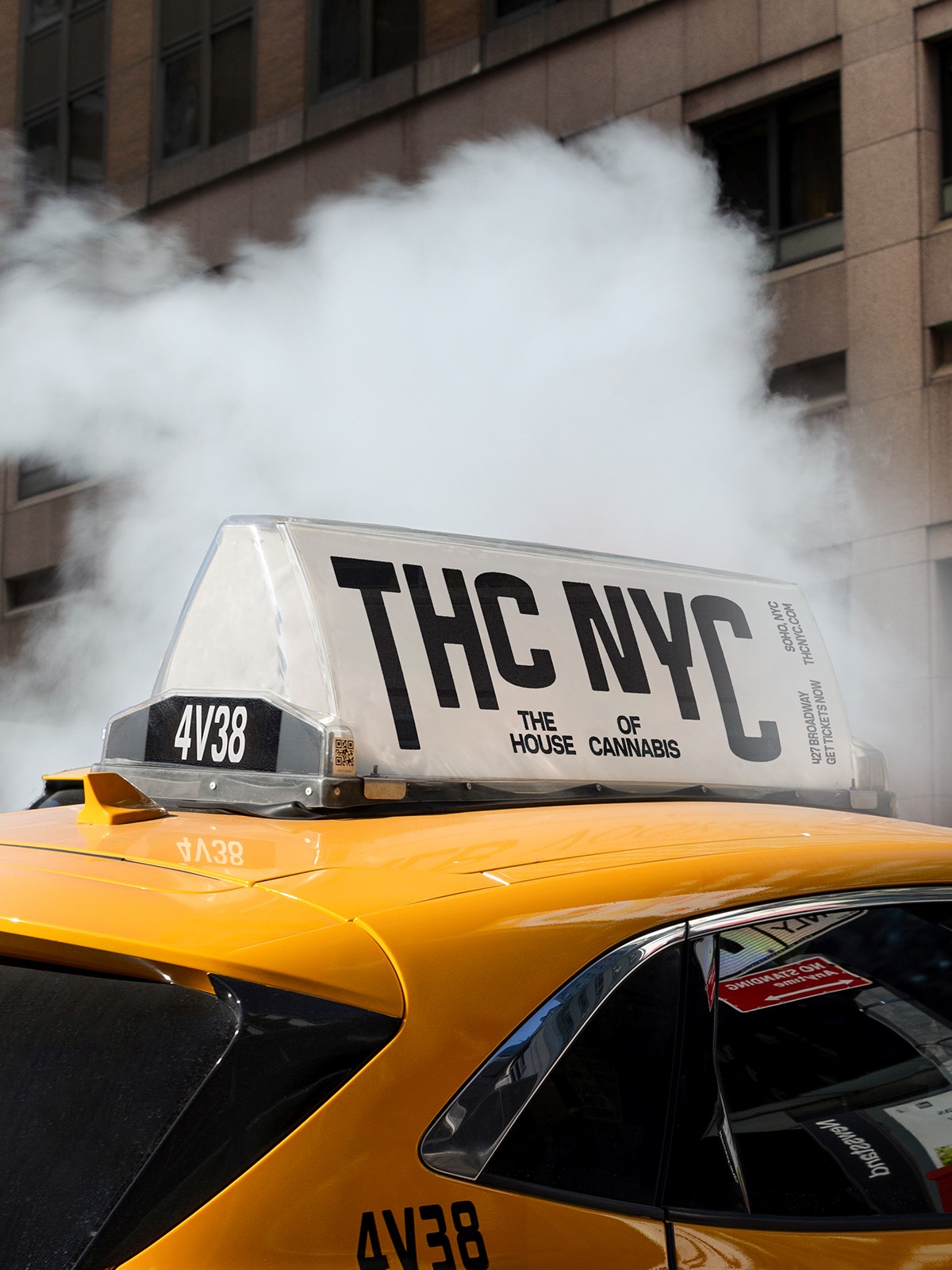
The US legalisation landscape
While it doesn’t fully predict the future, a look at the legalisation timeline across US states shows how cannabis has become more accepted, especially in the past few years. Currently, 40 states have approved medical use, and 23 of them, plus the District of Columbia and three territories, have approved cannabis for adult recreational use. Almost half of the recreational use approvals have occurred since 2020.
At the same time, brand and marketing professionals in the industry face a unique set of challenges to make the most of any growth opportunities. Since cannabis remains illegal at the federal level, each state has its own regulations that impact every aspect of a business, all varying in complexity and dynamics. This is especially challenging for those working with multi-state operators of vertical operations, dispensaries, or selling consumer-packaged goods. The regulations impact every aspect of cannabis businesses, which can impact nearly every aspect of their brands.
Something as fundamental as establishing a consistent visual identity across markets isn’t so simple for a cannabis brand. Nevertheless, a leading cannabis edibles company, Wana Brands, managed to do it successfully earlier this year. Wana Brands chief marketing officer Joe Hodas says the redesign reduced its packaging variations from roughly five to two, and even those still require minor changes in each market. For example, some states have specific THC symbols and font size requirements. Others prohibit certain visuals, like fruit. Florida doesn’t allow use of colour or art.
Still, Hodas says it’s worth the effort for brand recognition as more markets open up and other products come online. Wana has gotten attention for other packaging moves, including reducing its gummy products' packaging by 60% in 2019, highlighting the company’s commitment to sustainability. In 2022, the company also worked with Denver-based creative group August Allen to deliver web-based augmented reality experiences via QR codes on select packaging.
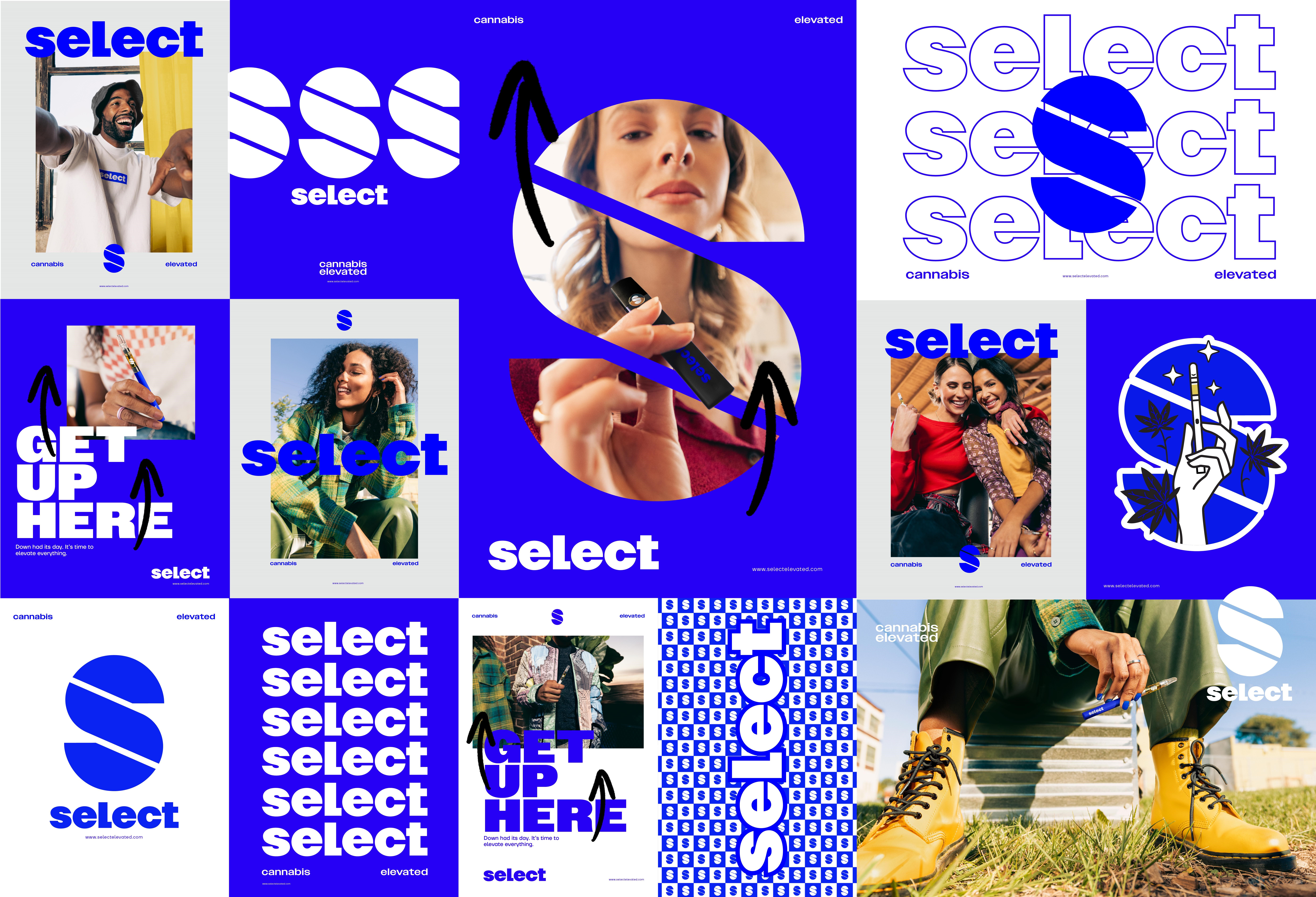
Meeting higher expectations
As the industry matures and expands, it has become more critical than ever to deeply understand consumer desires and motivations to develop impactful brands, says Kate Lynch, EVP of marketing for Curaleaf, a leading international provider of consumer products in cannabis that is currently operating in 19 states. With that in mind, her team began to entirely rethink the company’s approach to brand strategy just over two years ago.
“We hired a handful of very strong CPG experts who have really helped us take a more grounded look at our target consumers and dig into insights into who the existing cannabis consumers are and the new segments we want to go after,” Lynch says.
As a result of this work, so far Curaleaf has rolled out two rebrands, Grassroots in November 2022 and Select in April of this year. Using insights from their consumer research, the team realigned each brand’s product offerings.
“With Select, we wanted to bring it back to its roots, which is vape and gummies. And then for Grassroots, a beautiful brand with its roots in Chicago, we really wanted to elevate that brand with flower and concentrate consumers,” Lynch says.
Both rebrands included unveiling new visual identities that coincided with other significant announcements for each. Grassroots touted its Grower’s Reserve programme, in which the company collaborates with craft farmers and diverse operators in California – a state into which the brand had recently expanded. Select’s rebrand included the launch of a new, proprietary vape called Select Briq, that “reimagines the cannabis experience for everyday consumers.” The product reached $1 million in sales across three states in 10 days, Lynch says.
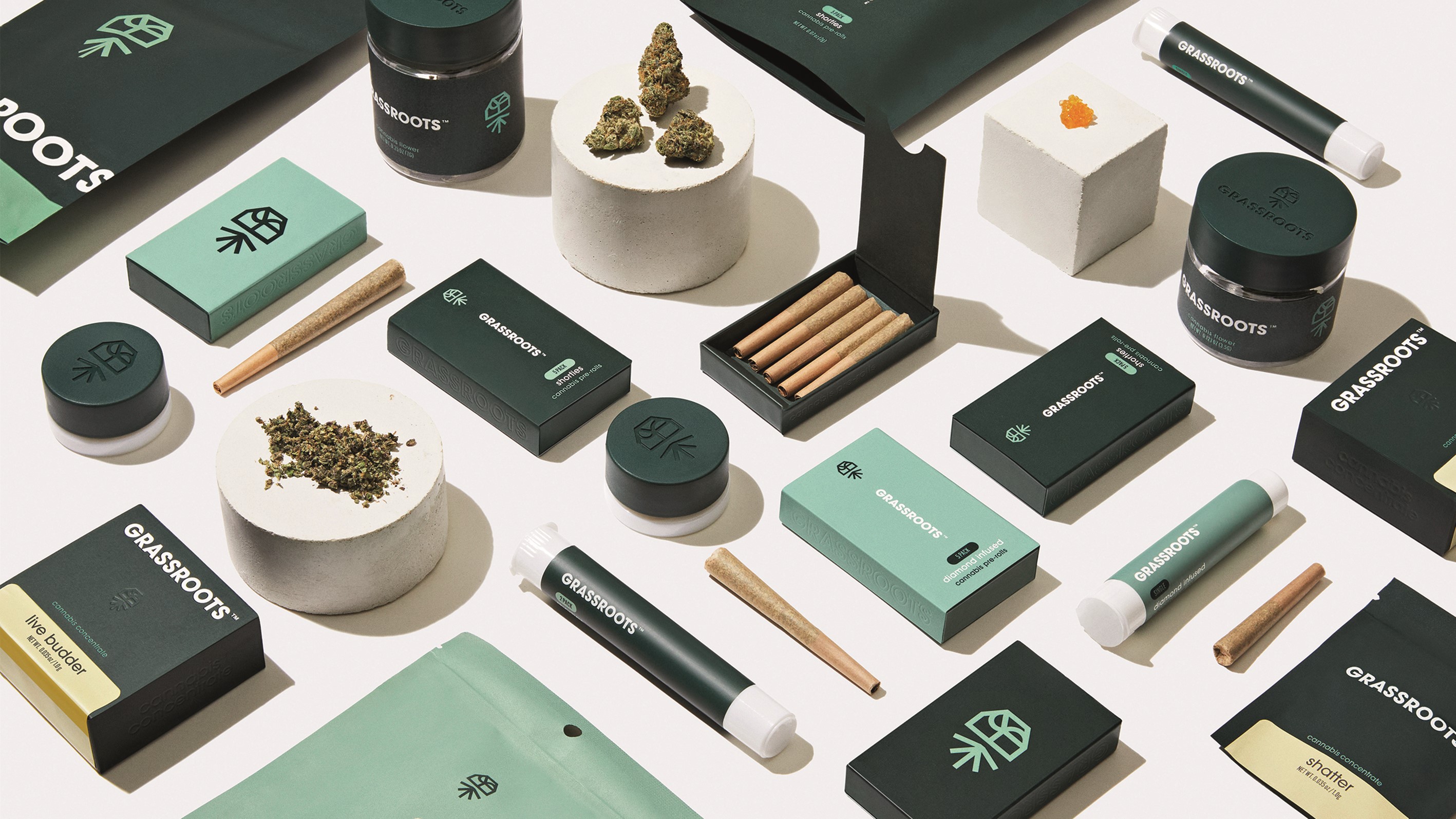
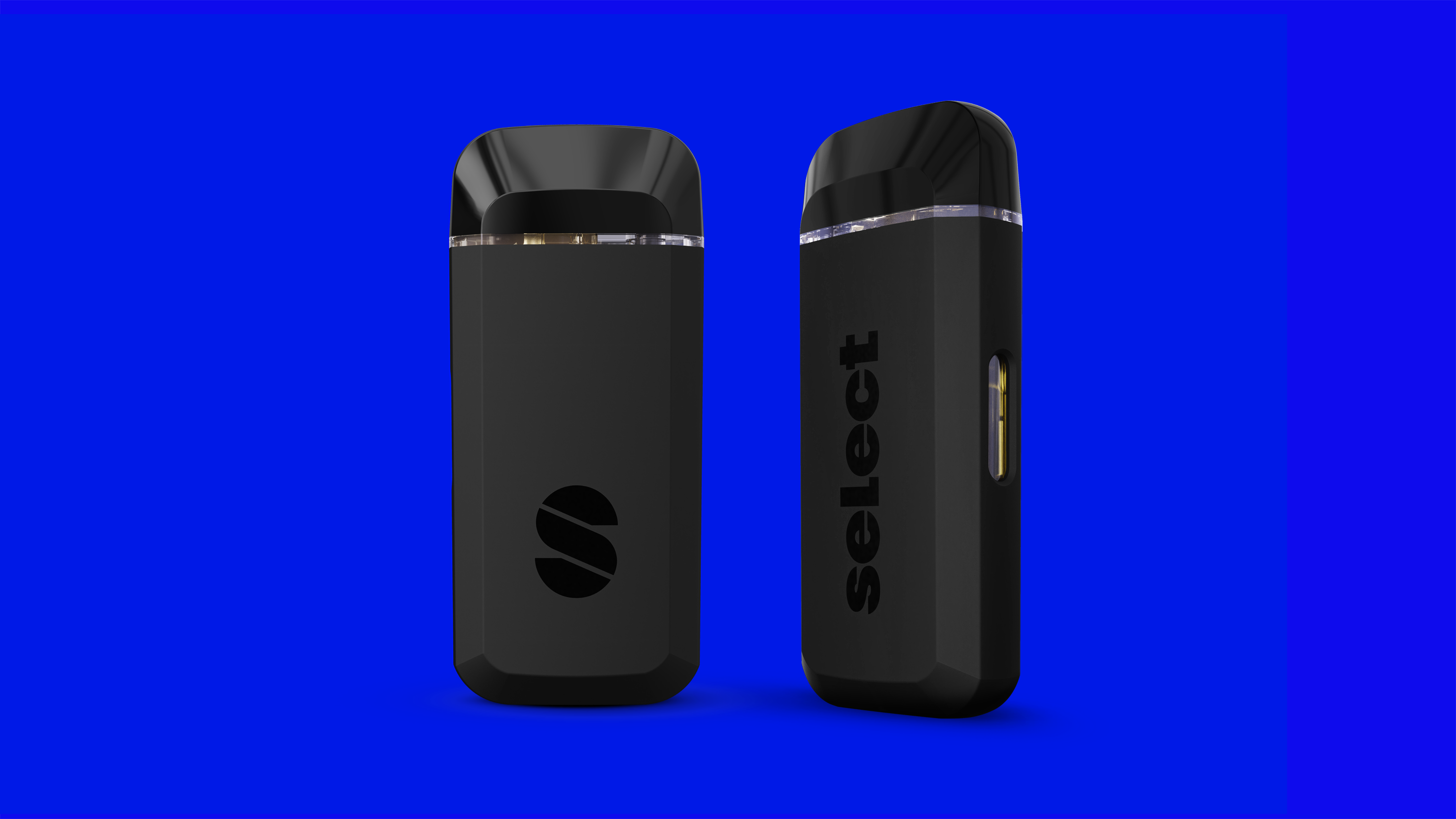
“It goes back to the target consumer and identifying what they want. They are very value-driven right now. This particular product is sharp looking and two grammes at a great price with our known essential oil in it. It is a great example where if you put the thought into understanding what the consumer is looking for and you commercialise it in a meaningful way, then it really resonates,” she says.
While Select operates in 15 states, the new Briq product could only be made available in 11 of them at the time of launch. That’s one example of why Lynch says they rely on their compliance team daily, emphasising that staying on top of state regulations is critical for anyone who wants to be in the space or support companies within it.
“We work very, very closely with the compliance team. Everything that we produce, from packaging to signage and advertising goes through them. It also has to go through the state in many cases,” Lynch says. “It delays things. When we want to do a national launch, we essentially have to look at the markets that take the longest in terms of review and approval and use that as the target launch date, despite the fact that other markets may be ready to flip. It makes national launches hard but they’re more impactful.”
Consumer research, adaptability and forward-thinking seem to be the winning combination for navigating the complexities of the market while staying relevant. As Wana’s Hodas says, “Brand professionals working in cannabis have to be flexible and roll with the changes. That’s just what we do as marketers in general, but with this, you have to keep one-and-a-half feet in the present and another half foot in the future.”
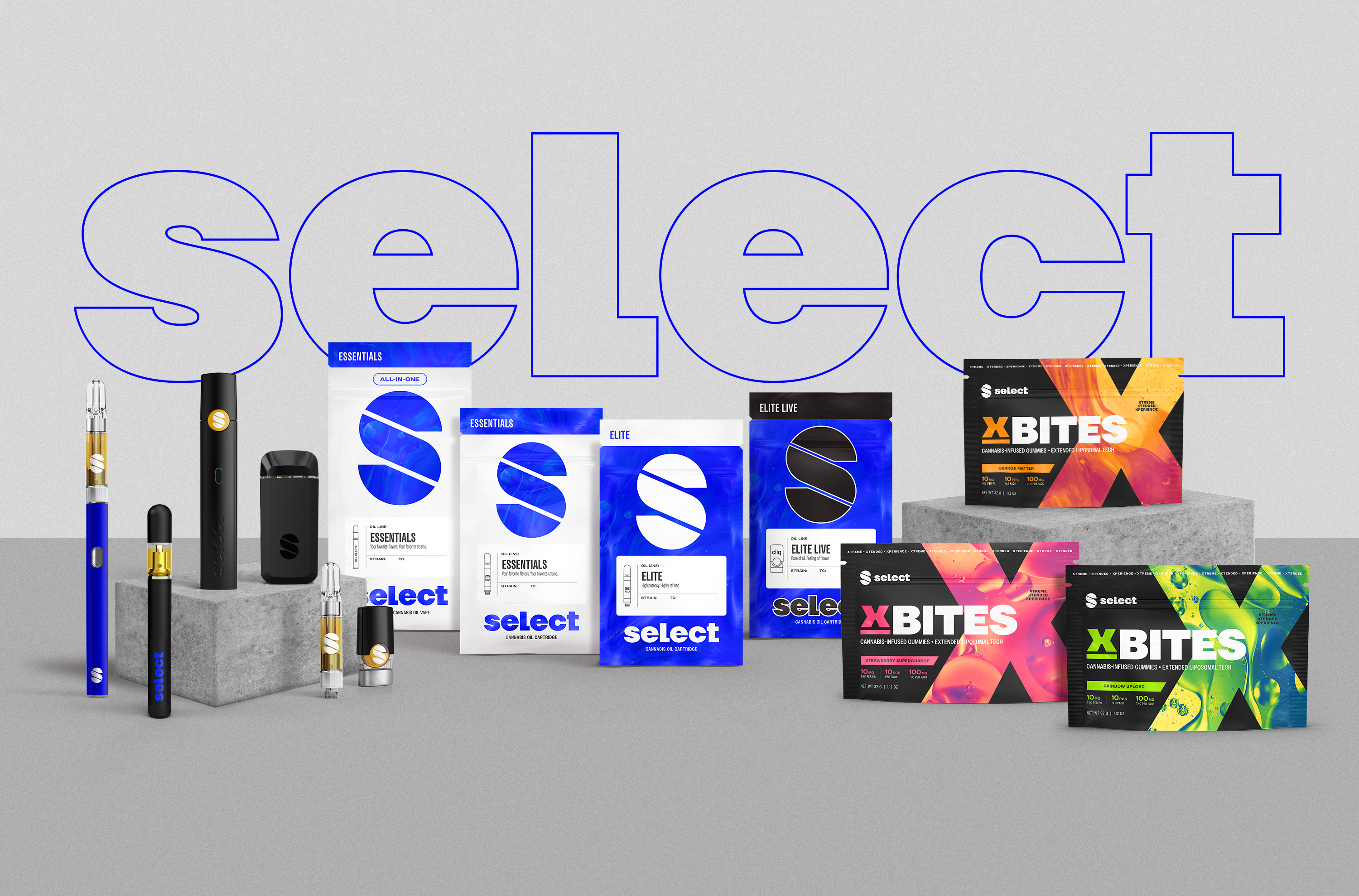
This article was taken from Transform magazine Q3, 2023. You can subscribe to the print edition here.












